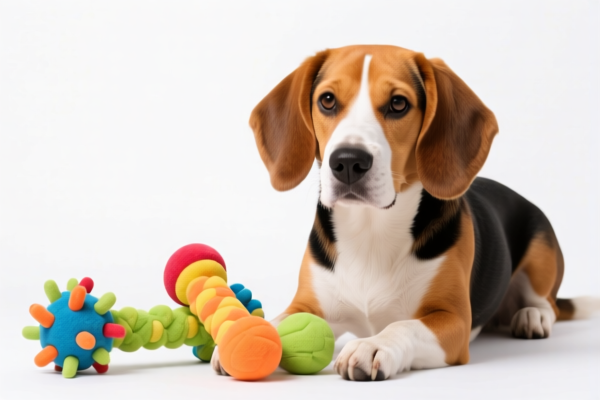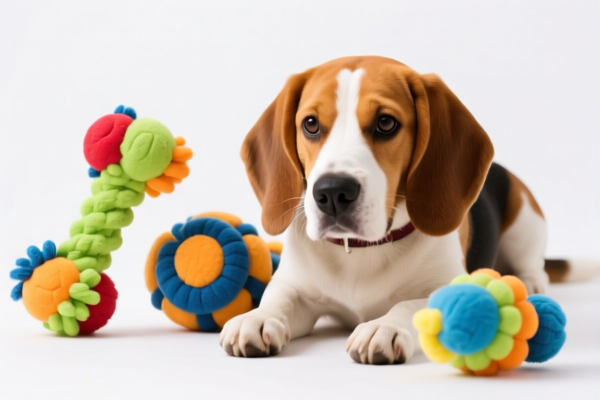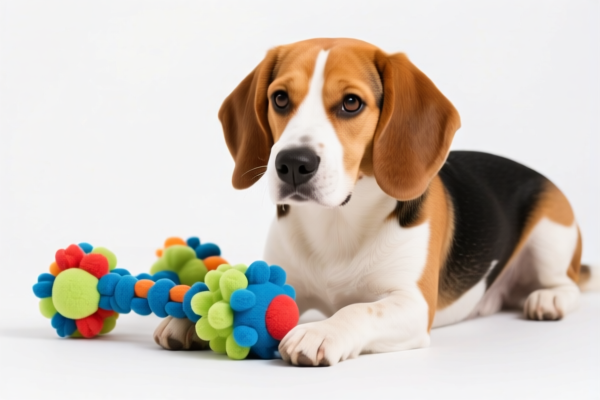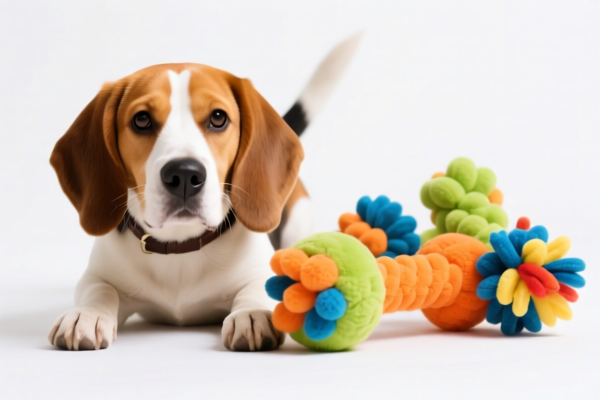Found 14 matching results
(CN → US)
| HS Code | Official Doc | Tariff Rate | Origin | Destination | Effective Date |
|---|---|---|---|---|---|
| 9503000071 | Doc | 30.0% | CN | US | 2025-05-12 |
| 9503000073 | Doc | 30.0% | CN | US | 2025-05-12 |
| 9506694000 | Doc | 42.9% | CN | US | 2025-05-12 |
| 9506696020 | Doc | 42.4% | CN | US | 2025-05-12 |
| 3926901000 | Doc | 40.9% | CN | US | 2025-05-12 |
| 3926909989 | Doc | 42.8% | CN | US | 2025-05-12 |
| 3924905650 | Doc | 40.9% | CN | US | 2025-05-12 |
| 3924900500 | Doc | 40.6% | CN | US | 2025-05-12 |
| 4016992000 | Doc | 34.3% | CN | US | 2025-05-12 |
| 4008111000 | Doc | 55.0% | CN | US | 2025-05-12 |
| 4008198000 | Doc | 58.3% | CN | US | 2025-05-12 |
| 4201006000 | Doc | 57.8% | CN | US | 2025-05-12 |
| 4205000500 | Doc | 57.9% | CN | US | 2025-05-12 |
| 4205008000 | Doc | 55.0% | CN | US | 2025-05-12 |




Toy Balls for Dogs
Toy balls designed for dogs are recreational items used for play, exercise, and mental stimulation. They come in a wide variety of materials, sizes, and designs to suit different dog breeds, play styles, and chewing habits.
Materials
- Rubber: A common material, offering durability and bounce. Natural rubber is generally preferred for its non-toxic nature and softer feel, while synthetic rubber provides increased resistance to wear and tear.
- PVC: A less expensive plastic option, often used for lightweight balls. Generally less durable than rubber and may contain potentially harmful chemicals if ingested.
- Nylon: Used in tougher balls designed for powerful chewers. Often woven or molded for increased strength.
- TPR (Thermoplastic Rubber): Combines the properties of rubber and plastic, offering a balance of durability, flexibility, and affordability.
- Plush: Typically used for softer balls intended for gentler play or comfort. Less durable and more prone to tearing.
- Cotton: Used for rope balls or balls with cotton coverings, often used for tug-of-war or light chewing.
Purpose & Function
- Exercise: Balls encourage dogs to run, chase, and retrieve, providing physical activity.
- Mental Stimulation: Chasing and interacting with balls provides mental enrichment and can help prevent boredom.
- Play & Bonding: Balls facilitate interactive play between dogs and their owners, strengthening the bond.
- Dental Health: Certain textured balls can help clean teeth and massage gums during chewing.
- Training: Balls can be used as rewards during training sessions or as part of agility exercises.
Usage Scenarios
- Fetch: The most common use, involving throwing the ball for the dog to retrieve.
- Indoor Play: Softer balls are suitable for indoor play sessions, minimizing damage to furniture.
- Outdoor Play: Durable balls are designed for use in parks, yards, or other outdoor spaces.
- Puzzle Toys: Some balls are designed with compartments to hold treats, challenging the dog to solve a puzzle to access the reward.
- Water Play: Floating balls are ideal for retrieving in pools, lakes, or oceans.
Common Types
- Standard Rubber Balls: Versatile and affordable, suitable for general play.
- Chuckit! Balls: High-bouncy, durable rubber balls designed for long-distance throws. Often used with a Chuckit! launcher.
- Tennis Balls: Popular but can be abrasive to teeth and wear down quickly.
- Jolly Balls: Large, hollow balls with handles, designed for pushing, chasing, and chewing.
- Puzzle Balls: Contain compartments for treats, encouraging problem-solving.
- Light-Up Balls: Enhance visibility during nighttime play.
- Squeaky Balls: Provide auditory stimulation during play.
- Rope Balls: Durable and good for tug-of-war and chewing.
- Glow-in-the-Dark Balls: Improve visibility during low-light conditions.
Toy balls for dogs can be categorized based on material and intended use as pet toys.
Here are relevant HS codes based on the provided reference material:
- 4016.99.20.00: Other articles of vulcanized rubber other than hard rubber: Other: Other: Toys for pets. This HS code specifically covers toys for pets made of vulcanized rubber. The total tax rate is 4.3% + 0.0% (additional tariff) = 34.3%, with an additional tariff of 30.0% applicable after April 2, 2025.
- 9506.69.40.00: Articles and equipment for general physical exercise, gymnastics, athletics, other sports (including table-tennis) or outdoor games, not specified or included elsewhere in this chapter; swimming pools and wading pools; parts and accessories thereof: Balls, other than golf balls and table-tennis balls: Other: Noninflatable hollow balls not over 19 cm in diameter. This code may be applicable if the toy balls are non-inflatable and meet the size requirement. The total tax rate is 5.4% + 7.5% (additional tariff) = 42.9%, with an additional tariff of 30.0% applicable after April 2, 2025.
- 9506.69.60.20: Articles and equipment for general physical exercise, gymnastics, athletics, other sports (including table-tennis) or outdoor games, not specified or included elsewhere in this chapter; swimming pools and wading pools; parts and accessories thereof: Balls, other than golf balls and table-tennis balls: Other: Other Other. This code may be applicable if the toy balls are not specifically described by the previous HS code and are used for pet play. The total tax rate is 4.9% + 7.5% (additional tariff) = 42.4%, with an additional tariff of 30.0% applicable after April 2, 2025.
Important Note:
The applicable tax rates are subject to change. An additional tariff of 30.0% will be applied to all listed HS codes after April 2, 2025.
Customer Reviews
No reviews yet.